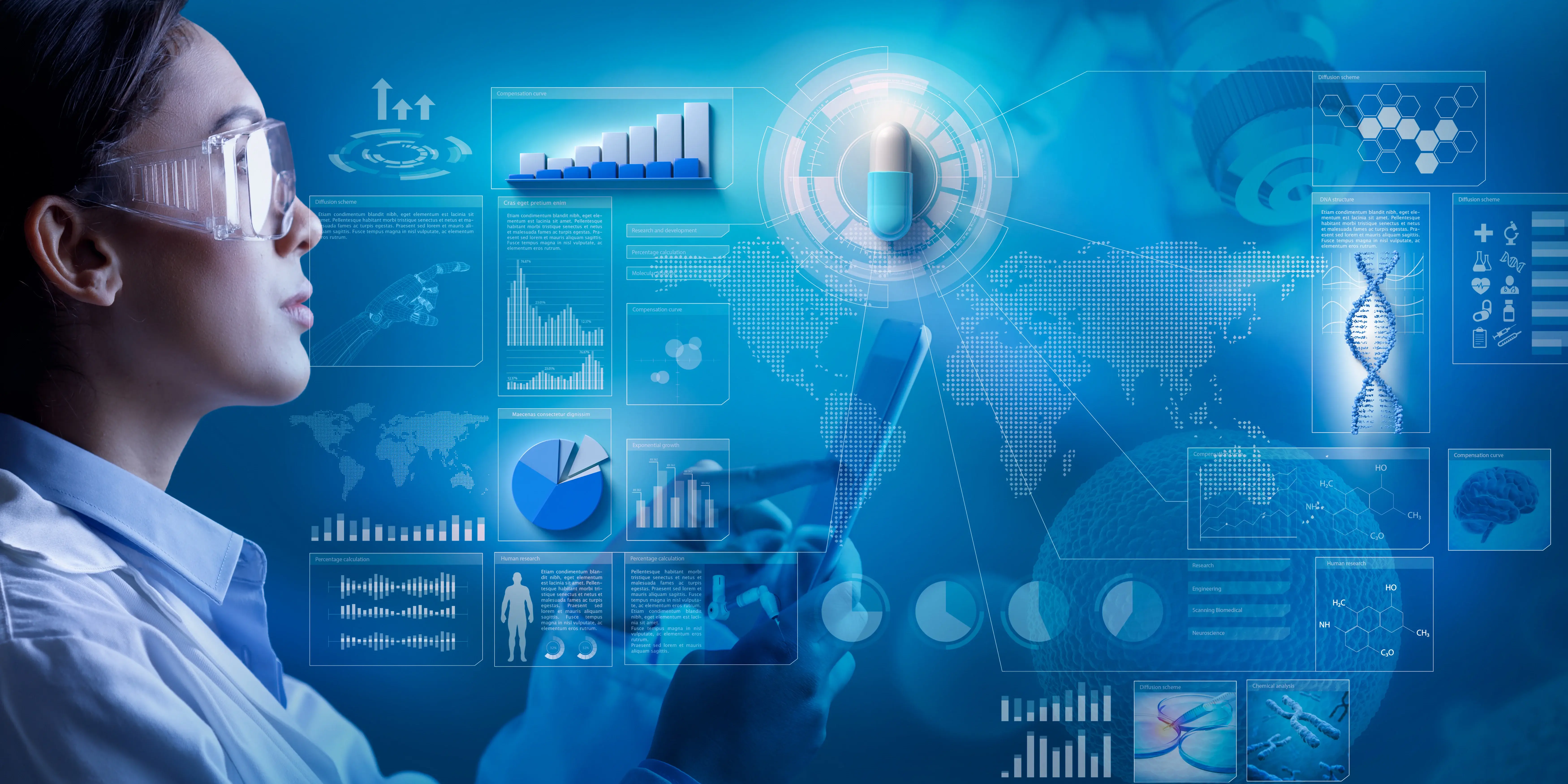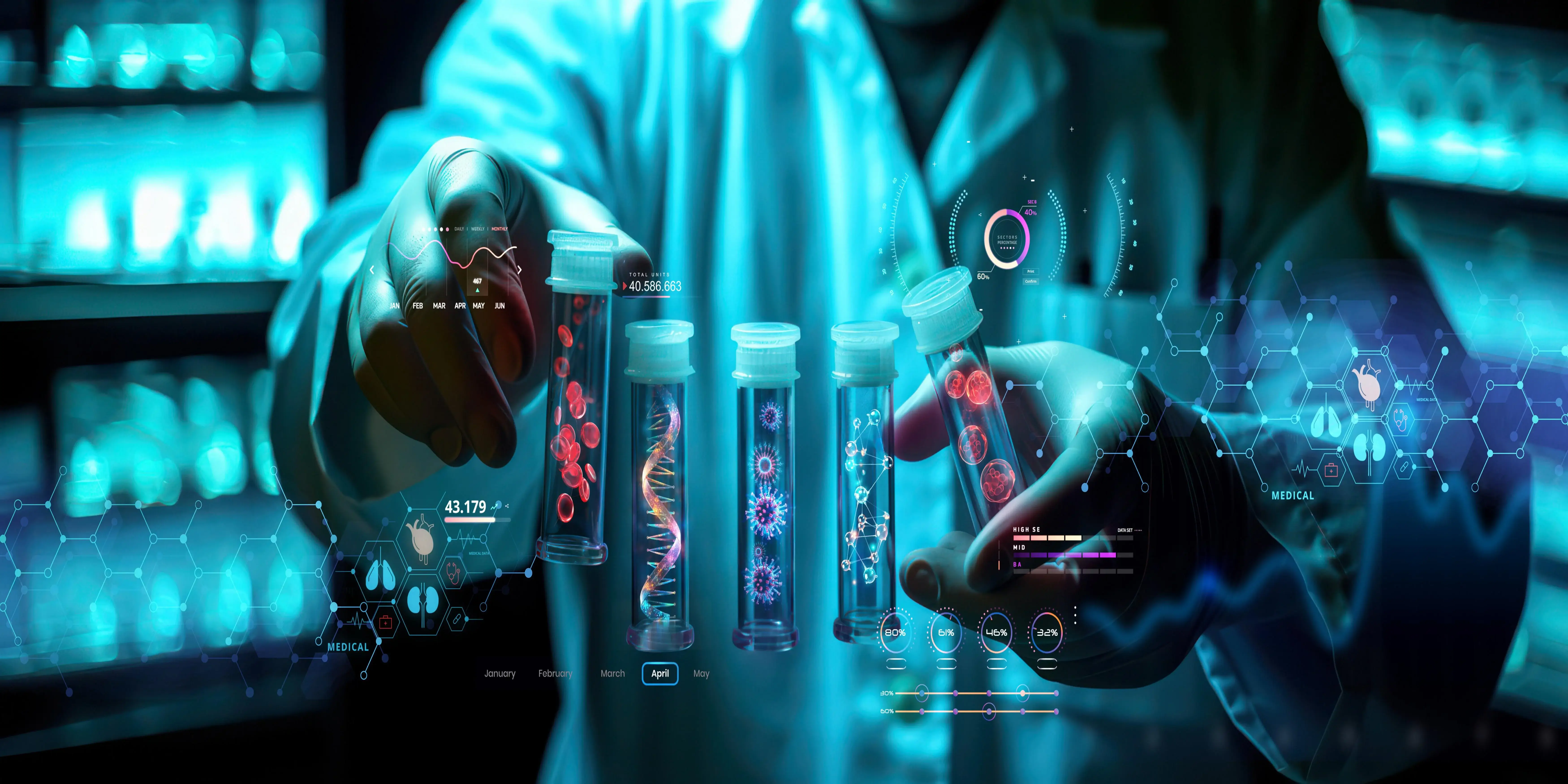The modern medical devices industry assumes the critical role of providing healthcare systems with much-needed diagnoses, monitoring, and treatment of a wide range of health conditions. Increasing levels of technological advancement spur growing needs for new and more efficient medical devices, and this undoubtedly changes the mode of health delivery. Thus, this article seeks to cover a comprehensive review of the medical devices industry, discussing its market landscape, key technologies, regulatory environment, and future trends
Market Landscape of the Medical Devices Industry
Market Size and Growth
This business has been growing at a very high rate. In 2023, the market was evaluated to be over $500 billion. The industry will continue to grow at a compound annual growth rate (CAGR) of around 5-6% in the next few years. Such factors include growing healthcare expenditures and an aging population along with chronic diseases. Growth is primarily on the continents of North America, Europe, and Asia-Pacific.
Key Market Segments
The market can be broadly segmented into different significant segments; such as diagnostic devices, therapeutic devices, surgical devices, and monitoring equipment. Diagnostic devices include imaging systems and in-vitro diagnostics. These make up for the maximum market share. This is because there is a growing requirement for detecting diseases at an early stage. Therapeutic devices include a host of items like cardiac devices, orthopedic implants, and the like, keeping chronic conditions under control. Monitoring equipment, such as wearable health devices, has been given widespread popularity by the advent of digital health technologies.
Major Players in the Industry
This medical devices market is dominated by some multinational companies, such as Medtronic, Johnson & Johnson, Siemens Healthineers, and GE Healthcare. Among those, the most recognized ones are described by their deep portfolios and global presence. Besides large companies, there are many small and medium-sized enterprises as well as startups in this industry that produce newer innovative products and thus introduce new ones into the market.
Technological Advancements in Medical Devices
Wearable and Implantable Devices
Wearable devices, for example, smartwatches and fitness trackers, have transformed the way patient monitoring has gone from comprising real-time data on vital signs to being used by the patient, monitoring progress, and sending data forward to health providers to manage proactively. The most notable of these is a series of devices that can be implanted, including pacemakers, and insulin pumps, among many others used in continuous medical intervention. They enhance the quality of life and survival rate among those patients requiring continuous medical interventions.
Artificial Intelligence and Machine Learning
The increasing integration of medical devices with artificial intelligence and machine learning helps in moving forward from humans. AI may be used for diagnostic capabilities through the analysis of images or data for a patient. Due to this, anomalies can be identified much earlier and with higher accuracy than is possible from mere human beings. Predictive analytics, based on machine learning algorithms, aims to provide distinctive treatment plans for each patient and better results. AI is also employed in surgical robots, and those robots increase precision during minimally invasive procedures.
3D Printing in Medical Devices
3D printing has opened opportunities in the manufacture of individualized medical devices for patients. It presents to the health sector customized solutions for prosthetics, dental implants, and other such medical appliances, thereby improving the comfort level of patients, and changing their outcomes in totality. Other applications of 3D printing include developing surgical instruments and models of anatomy to assist surgeons with pre-operative planning and eliminate errors during surgery.
Regulatory Environment for Medical Devices
Regulatory Bodies and Standards
The medical devices industry is strictly regulated in the expectation of achieving maximum safety and efficacy in product usage. In the United States, for instance, there is the Food and Drug Administration, whose most important contributions are related to the approval and regulation of devices that fall into three risk classifications: Class I, II, and III. In Europe, there is the European Medicines Agency, otherwise known as EMA; combined with the Medical Devices Regulation, MDR, is what normally leads to device approvals. Regulators in the rest of the world, especially in Japan and China, are very strict on safety matters concerning products.
Clinical Trials and Approvals
Before a medical device reaches the market, it must demonstrate both safety and efficacy. The process includes preclinical studies, clinical trials on humans, and postmarket surveillance. For the product to be authorized for commercialization, there must be detailed reports about the outcomes of the respective trials in question. Class III devices are those characterized by the highest risk; examples include a pacemaker, where regulatory requirements are quite stern before introducing them into the market.
Post-Market Surveillance
Another important part of the post-market process is that of surveillance, which is to ensure that the medical products are safe at the time they are brought to the markets. This is carried out through adverse event reports, product recalls, and manufacturing processes that help act to control potential risks by monitoring them for the regulatory agency in question. Manufacturers have a responsibility to report regularly, and the resultant incidents of failure or harm of the device must be responded to swiftly.
Future Trends in the Medical Devices Industry
Personalized Medicine and Precision Devices
The increasing trend of personalized medicine will define the future medical devices industry. Devices targeted at the genetic makeup, lifestyle, and specific conditions of individual patients have emerged. This ensures fewer side effects and the effectiveness of treatments. Targeted drug delivery systems, such as personalized implants, are at the cutting edge of this trend.
Robotics in Healthcare
It has transformed the medical devices industry, especially surgery, by using robotics technology. Robotic systems in surgery have allowed for minimally invasive procedures that reduce recovery time and post-operative complications with increased precision and better control. There is already research on their use in rehabilitation, patient assistance, and diagnosis, therefore expanding the scope of their use in healthcare.
Telemedicine and Remote Monitoring
The COVID-19 pandemic accelerated telemedicine adoption, and this trend has the likelihood of continuing. Telemedicine has heightened the relevance of remote monitoring devices, such as wearable health sensors and connected diagnostic tools, to deliver care to individuals in remote or underserved areas. This practice enables healthcare professionals to diagnose, treat, and monitor patients remotely- very conveniently reducing healthcare costs.
Conclusion
Medical devices are a very vibrant and fast-emerging industry, playing an important role in the greater healthcare progression. Its advances in subfields like artificial intelligence, IoMT, 3D printing, and robotics will find their new wave of patient care and better health care outcomes within this field. However, the regulatory space remains quite complicated, and strict standards of safety and efficacy are adhered to by manufacturing firms. The world embracing personalized medicine, telemedicine, and sustainability toward a promising future of the medical devices industry to meet the growing demands of global healthcare. This article will detail the medical devices industry with regard to its market landscape and technological advancements and its regulatory environment along with future trends. This dynamic industry will remain the heart of modern health care for many more years.



